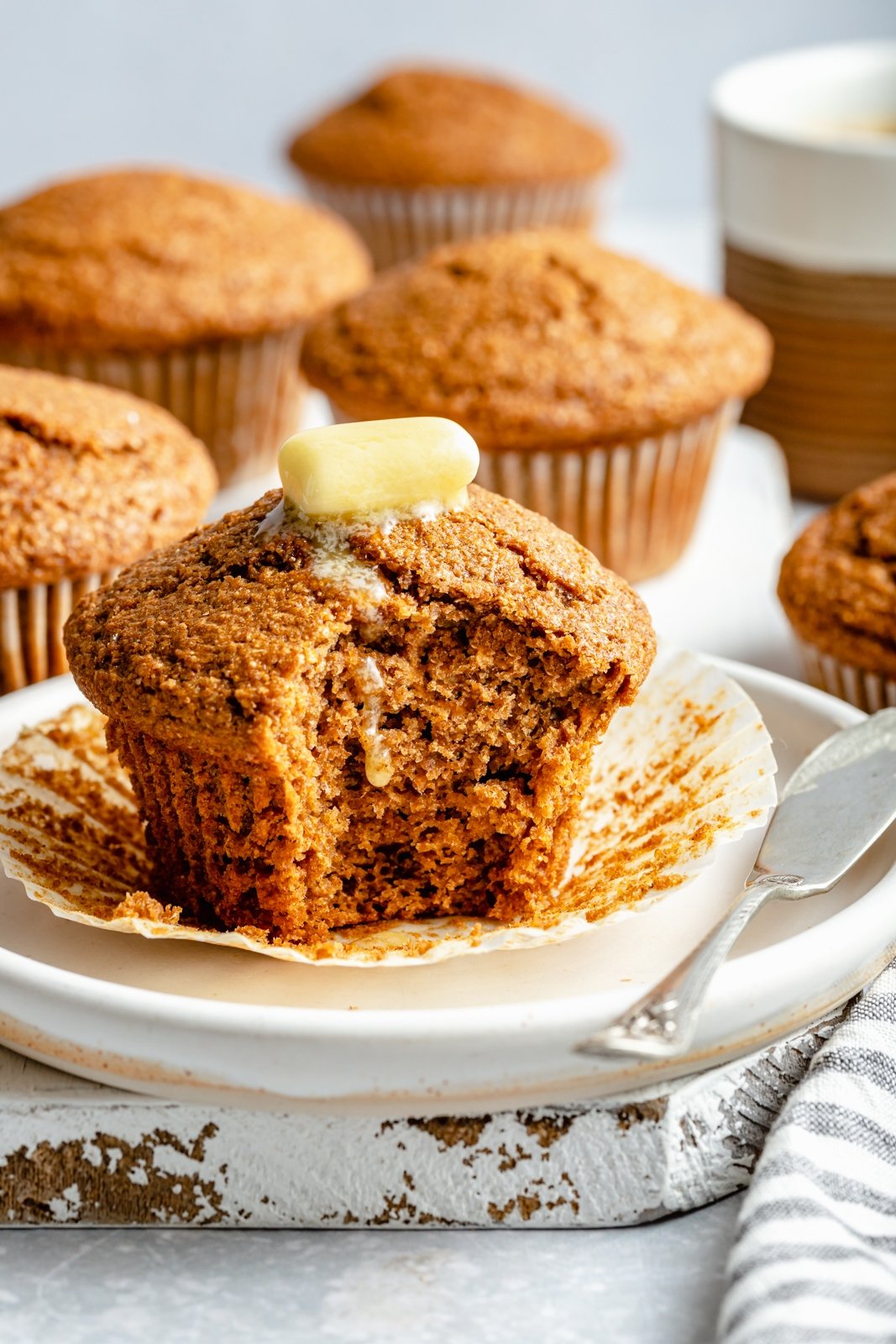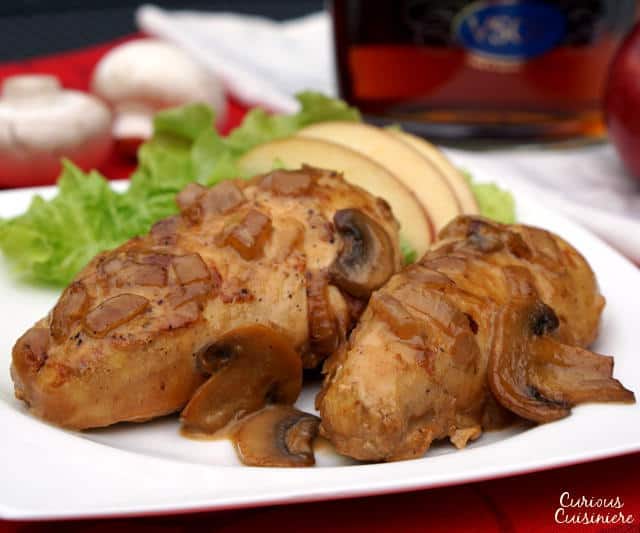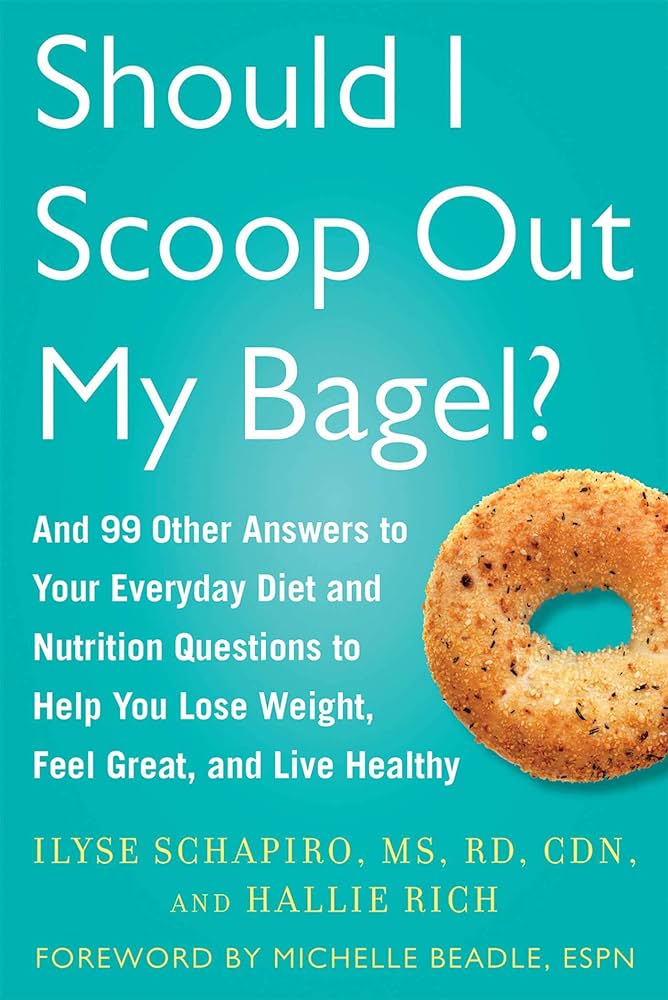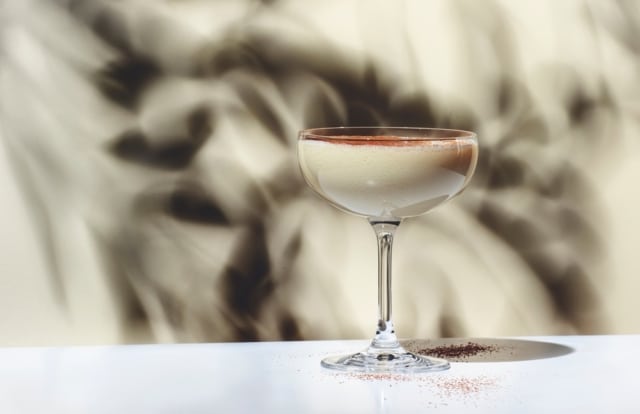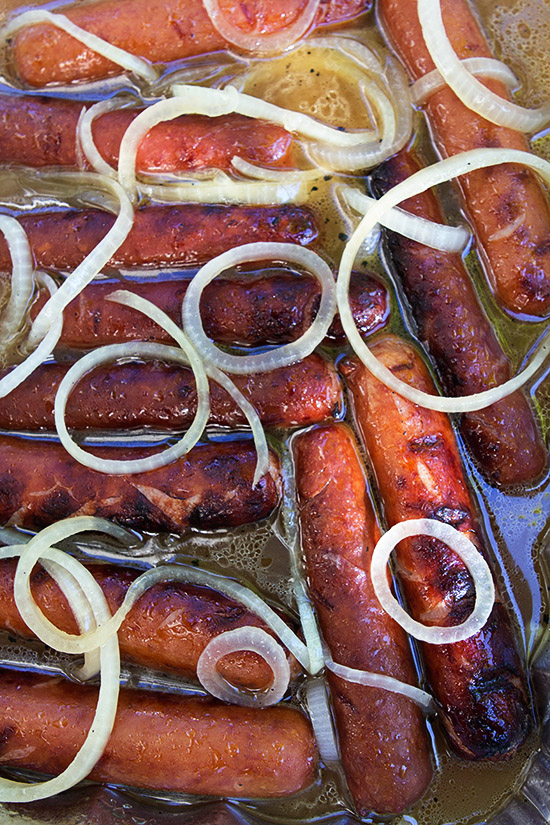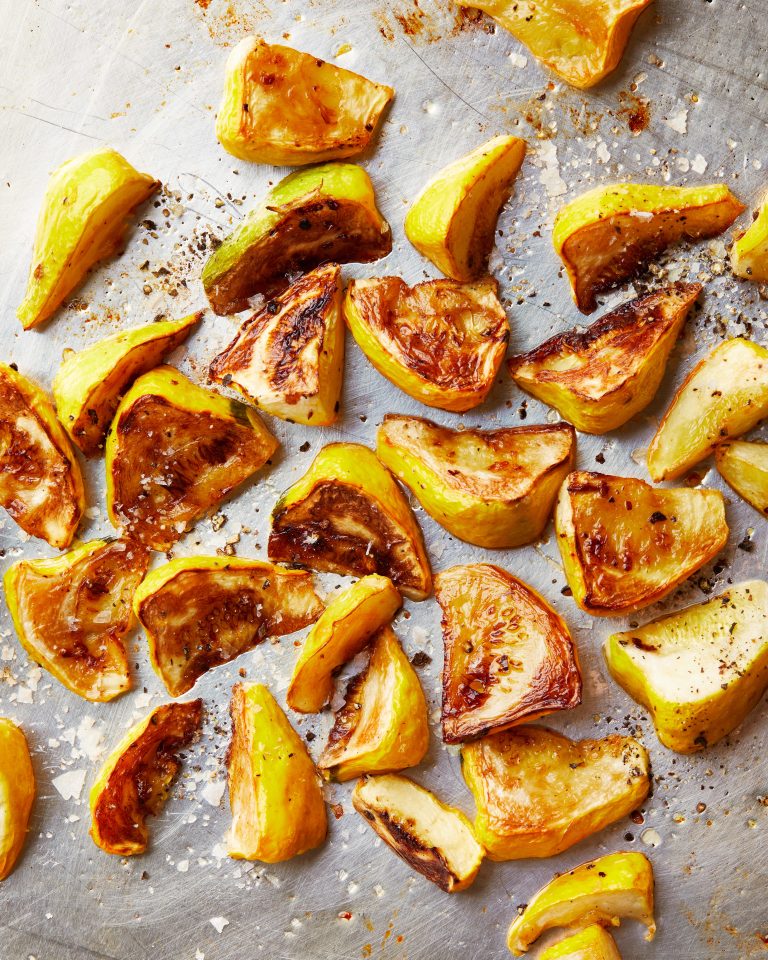Date Cake: History, Health Benefits, and Delicious Recipes for Every Diet
Date cake has a long history dating back centuries. Originating in the Middle East, where dates are a staple food, the dessert spread to other regions due to the popularity of dates. Ancient civilizations, including the Egyptians and Mesopotamians, used dates to create sweet dishes, recognizing their nutritional benefits and natural sweetness. Over time, date cake became a beloved dessert across diverse cultures, each adding unique variations to the original recipe.
Key Ingredients in Date Cake
The primary ingredient in date cake is, unsurprisingly, dates. These fruits, packed with natural sugars and nutrients, provide the cake’s signature sweetness and moist texture. In addition to dates, a date cake typically includes flour, baking soda, eggs, sugar, and butter. Some recipes might feature spices like cinnamon or nutmeg, enhancing the flavor profile. Nuts, such as walnuts or pecans, are often added for a crunchy contrast. By combining these key ingredients, date cake achieves a harmonious blend of taste and texture, making it a favorite for many.
Why You Should Try Date Cake
Health Benefits of Dates
Date cake isn’t just delicious; it’s also packed with nutritional benefits due to its primary ingredient: dates. Dates provide essential nutrients including fiber, potassium, and magnesium. One serving of dates contains approximately 3 grams of fiber, aiding digestion and promoting gut health. Potassium, another key nutrient, helps regulate blood pressure and maintain cardiovascular health. Dates also offer antioxidants, which can help reduce inflammation and protect against chronic diseases. If you’re looking for a dessert that’s both tasty and nutritious, date cake fits the bill.
Culinary Versatility
Date cake excels in its culinary versatility. You can customize it to suit various tastes and dietary preferences. For instance, add cinnamon, nutmeg, or ginger to infuse it with warm, spicy notes. Incorporate nuts like walnuts or pecans for added texture and flavor. If you prefer a vegan option, substitute eggs with flax seeds and use plant-based butter. Date cake can serve as a delightful breakfast, a mid-day snack, or a luscious dessert. Whether enjoyed alone or paired with a scoop of vanilla ice cream or a dollop of whipped cream, date cake always satisfies.
Ensuring that you get a balanced mix of flavor, texture, and nutritional benefits makes date cake an excellent choice for various occasions.
How to Make the Perfect Date Cake
Choosing the Right Types of Dates
Selecting the appropriate type of dates is crucial for achieving the perfect date cake. Medjool and Deglet Noor are popular varieties, known for their natural sweetness and chewy texture. Medjool dates, which are larger and softer, add a caramel-like flavor when baked. Deglet Noor dates, which are firmer and have a subtler sweetness, distribute more evenly in the batter. It’s essential to ensure dates are pitted and moist, as dry dates can affect the cake’s texture.
Date Cake Recipes Variations
Explore different recipes to find the perfect date cake for your taste. Classic recipes combine dates, flour, baking soda, eggs, sugar, and butter, often incorporating warm spices like cinnamon and nutmeg. For a healthier version, substitute part of the flour with whole wheat flour, use coconut sugar instead of refined sugar, and add Greek yogurt for moisture. Add-ins like chopped nuts, dried fruits, or orange zest can enhance the flavor profile. Vegan options use flax eggs and plant-based butter, while gluten-free versions replace regular flour with almond or coconut flour.
By experimenting with these variations, you can create a date cake tailored to your preferences and dietary requirements.
Reviewing Popular Date Cake Recipes
Traditional Recipes
Traditional date cake recipes offer a rich, moist dessert that captures the sweetness of dates and the warmth of spices. Classic ingredients include dates, all-purpose flour, baking soda, sugar, eggs, and butter. Medjool dates provide a caramel-like flavor, while Deglet Noor dates yield a drier texture. Incorporate optional spices like cinnamon and nutmeg for added depth.
Directions typically involve soaking chopped dates in hot water to soften them, then blending them into a paste. Combine dry ingredients separately before folding them into the wet mixture. Bake the batter in a preheated oven at 350°F for 30-40 minutes. This method ensures a dense, flavorful cake that pairs well with a cup of tea or coffee.
Vegan and Gluten-Free Options
Vegan and gluten-free date cake recipes cater to dietary restrictions without compromising taste. Substitute regular flour with gluten-free flour blends and use flax or chia seeds as egg replacements. Opt for coconut oil instead of butter and maple syrup or agave nectar in place of sugar for a natural sweetness.
For a vegan and gluten-free date cake, soak dates in hot water, then blend to create a paste. Mix gluten-free flour, baking soda, and a pinch of salt in one bowl. In another bowl, combine the date paste, plant-based milk, and a flax egg (1 tablespoon flaxseed meal + 3 tablespoons water). Gradually add dry ingredients into the wet mixture, stirring until smooth. Pour the batter into a greased pan and bake at 350°F for 25-30 minutes. The result is a moist, flavorful cake suitable for those with specific dietary needs.
These options ensure everyone can enjoy the rich taste and health benefits of date cake, regardless of dietary preferences.
Conclusion
Date cake is more than just a dessert; it’s a delightful blend of history, nutrition, and versatility. Whether you prefer traditional recipes or need vegan and gluten-free options, there’s a date cake for everyone. Its rich flavors and moist texture make it a timeless treat that’s both delicious and nutritious. So why not try baking a date cake today and enjoy a slice of this ancient delicacy?
